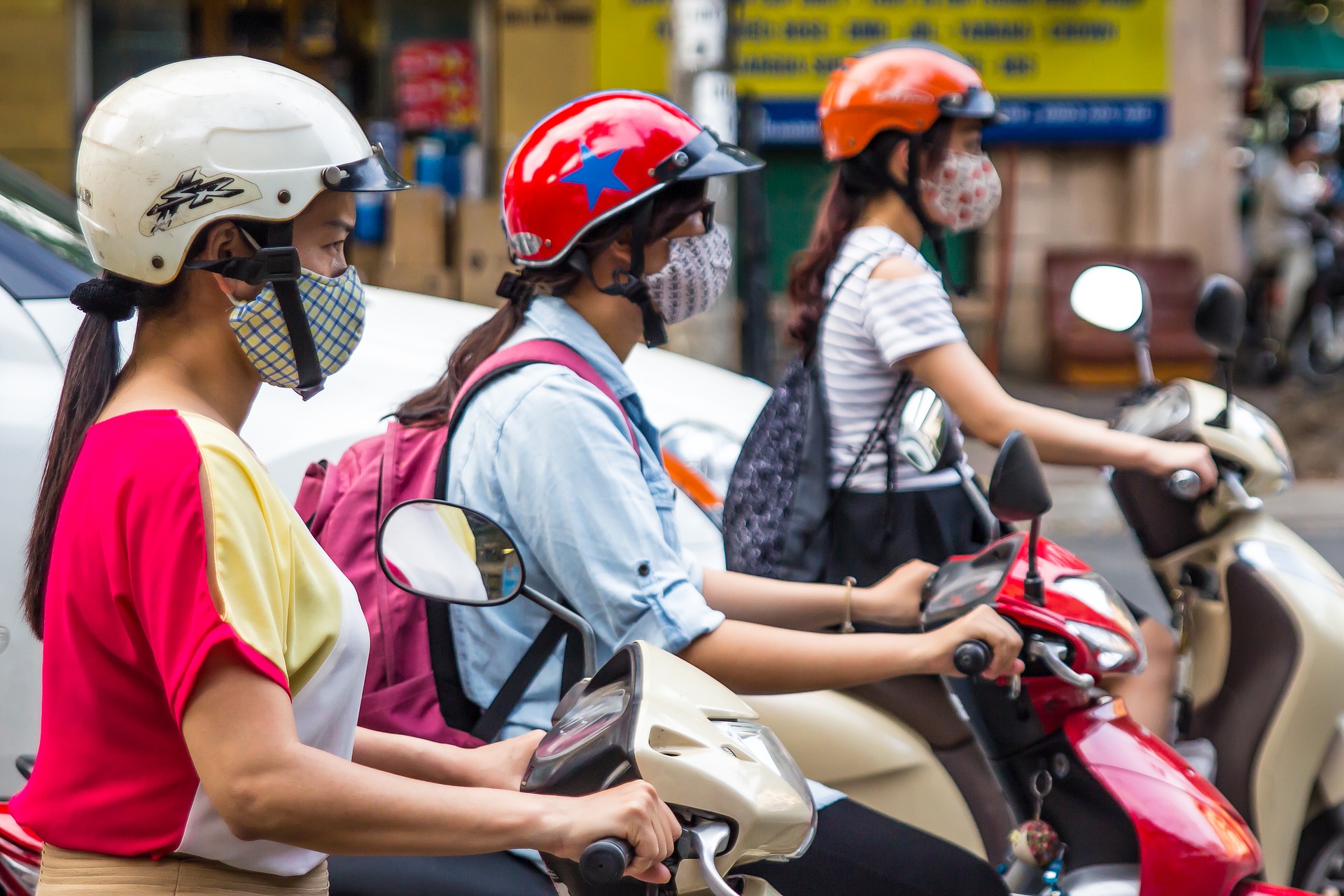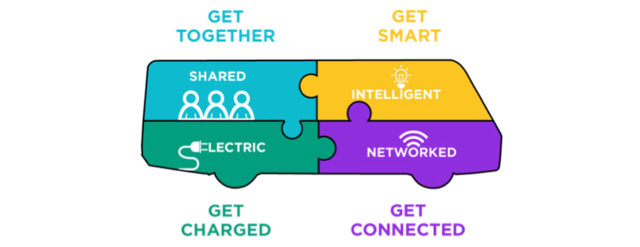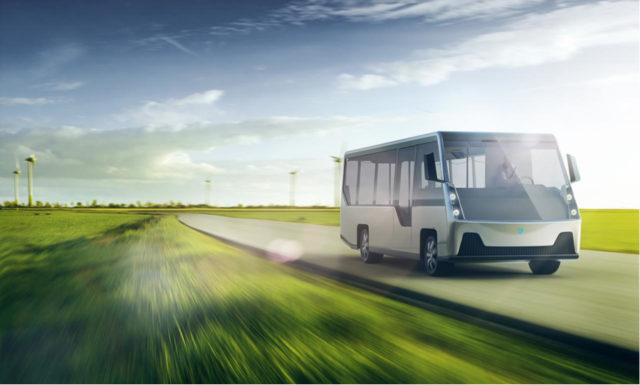
S3MaaSing Traffic and Pollution in Urban Environments
novembre 3, 2016 — Uncategorized
Smart, Shared, Sustainable Mobility as a Service
The technology available today, as well as the scale of the problems facing the planet, means that it has never been more possible or more essential for us to make a difference and change the world. Where better for the solutions to the world’s problems to come from the places where change is needed most. If necessity is the mother of invention, then desperation is the strict father that demands you get it done.
Population growth, urbanization, poor infrastructure, traffic congestion and pollution means we need to seriously rethink the way people and goods move. In developing countries this is compounded with the additional problems of rapid industrialization, inadequate mass transit and limited resources. This has created the paradox of mass transportation where in order to deliver mobility for the majority, governments have deployed a hasty patchwork of poorly regulated, medium-sized public transport options. These “Micro-Transit” vehicles, carrying from 10 to 30 passengers, have become the mobility backbone of most developing countries but, at the same time, worsened traffic and increased pollution.
The consequence of these unbearable conditions? Those who can afford it switch to private vehicles, which, in turn adds another vehicle to the congested pile-up.

I have lived most of my life in The Philippines, where this haphazard transport system is the norm. A solution arose from frustration. Together with like-minded colleagues from all over the world, we have created a transport business model that is premised on Smart, Shared, Sustainable Mobility as a Service.

These elements already exist, but the pieces have not been cohesively combined together. There are those who build electric cars and then sell them; others focus on cloud enabled transport services, but do it with internal combustion engine vehicles. The issues of pollution and congestion should not be addressed one-by-one, but rather with a seamless solution that combines all four innovations.
People view commuting as a contest between the private car versus public transit. Cars offer flexibility and convenience but carry too few passengers, cause gridlock when on the road and spend more time parked than moving through cities. Mass transport, on the other hand, offers more efficient collective travel but is inflexible and expensive to build and deploy.
In countries where quality mass transit is hard to come by, Micro-Transit provides the missing service between large-scale mass transportation and the private car or taxi. This is why the Philippine Jeepney exists. Fares are cheap, parts are easy to come by and its intermediate vehicle size is compatible with Metro Manila’s narrow road network and congested inner city areas. The Jeepney, and similar options, are clearly the most popular form of transport in the developing world. At the same time, they are also scattered, disorganized, inefficient and unsafe.
But can Modernized Micro-Transit be a viable transport solution for most of the world? Global Electric Transport (GET)’s solution is the COMET, which stands for Community Optimized Managed Electric Transport. The COMET is a 20-passenger, zero-emission, electric vehicle with an in-house fleet management system, a fare management system and a media platform. Moreover, the disadvantages of electric vehicles – lower top speeds and relatively limited range – are not apparent when they are used in environments in which the typical commute is over relatively short distances and where heavy traffic is the norm.

We currently carry 200,000 passengers a month on our trial fleet of 27 first generation non-air conditioned vehicles. These vehicles have had both electrical and mechanical problems, teaching painful lessons, but also expanding insights on what works, what doesn’t and what is needed to create a world-class transport solution.

Our next generation Micro-Transit vehicle will bring together the best electric vehicle technology from all over the world. This is combined with cloud-based applications and the grounded realities of a developing country in order to deliver a transport solution that can truly transform urban environments and deliver a triple bottom line.
While the rest of the world talks about the high speed, high cost electric cars or full sized electric buses, the real mobility revolution will happen when electric vehicles become a life-changing solution for the many.